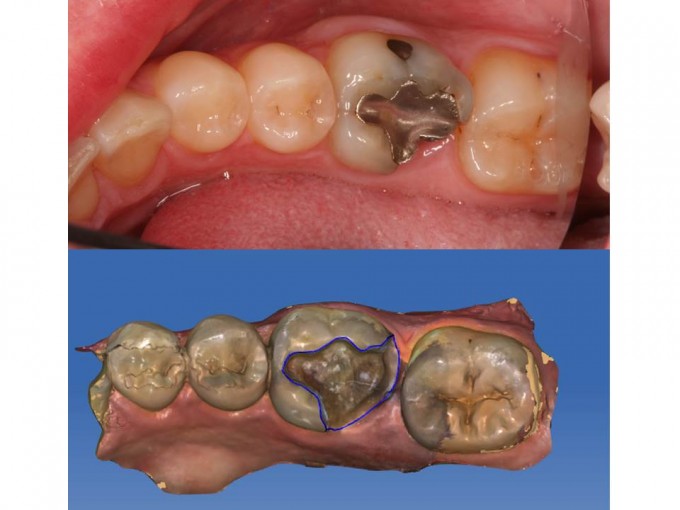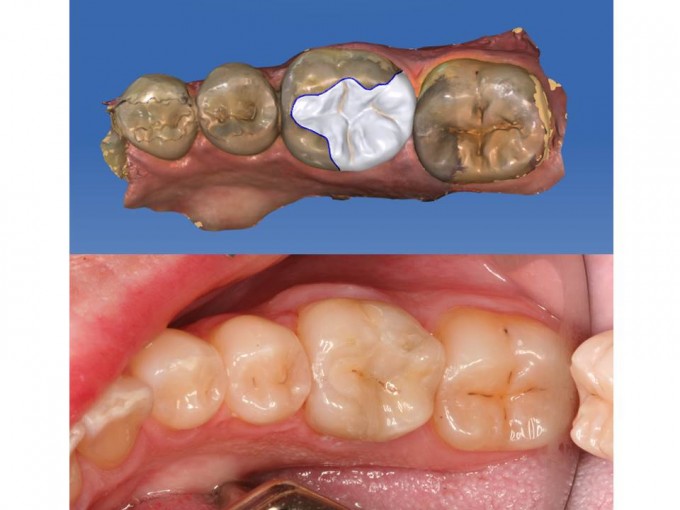Celtra Duo HT Onlay
Not the most complex case, but I wanted to see how the HT block compared to other high translucency materials. Celtra mills out fine enough to be a decent option for inlays and onlays. My go-to has always been the hybrid materials for these restorations, but it feels a bit naughty to call Lava Ultimate or Cerasmart a ceramic. I know the FDA/ADA is fine with it. With Celtra we can call this a ceramic onlay and with it's polish only option it is just as efficient as the hybrid materials. In this case I did fire it for 10:30 in order to be able to add stain in the wrong orientation. 

I have been tempted to try a couple of inlays or onlays with Celtra Duo to see how the occlusal cavo-surface margins hold up. When I started my CEREC journey I did Empress CAD inlays and onlays and after a year or two they all developed ditched occlusal margins. Glass ceramic does not do well for me on occlusal cavo-surface margins.
I'm with you Dr Chuck. I'm doing a few and then going to monitor over the next few years. The cavosurface margins can be milled knife-edge with Celtra much like Lava and Cerasmart. We'll see....
Hi Bob,Nice result.
I used do quite a few of these with the redcam but somehow struggle with the fit now with the omnicam with these preps; and then tend to maybe overprepare for a crown.
regards
Gautam
Since I got Omnicam my inlay fits have never been better. Inlay issues are caused by either undercut lateral walls in the proximal boxes or heavy interproximal contacts.
On 8/19/2015 at 4:21 am, Charles LoGiudice said...Since I got Omnicam my inlay fits have never been better. Inlay issues are caused by either undercut lateral walls in the proximal boxes or heavy interproximal contacts.
I'd also add that seating also is hindered by interproximal contacts being overly broadened in the cervical direction. This can cause an inverse taper situation clinically which may look the correct "colour" on the software.










